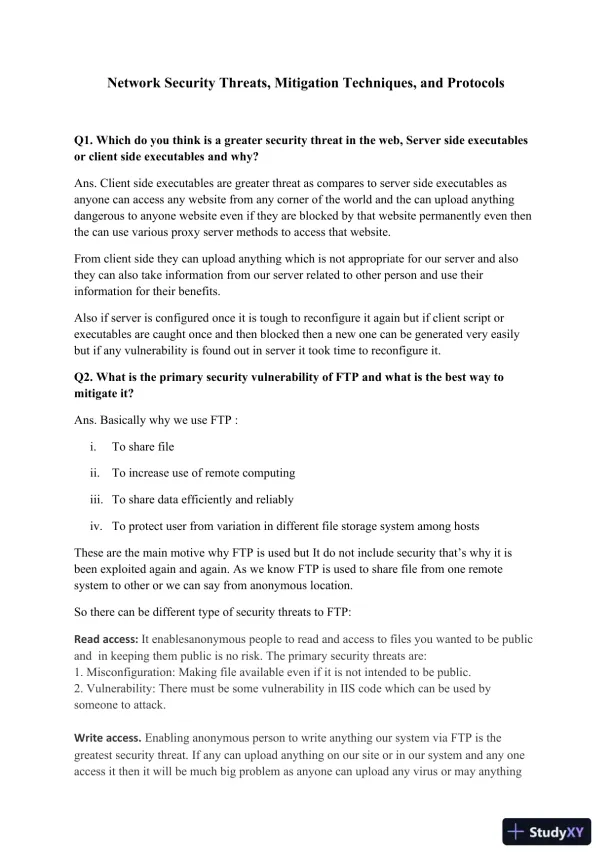Page 1

Loading page image...
Page 2

Loading page image...
This assignment solution discusses network security threats, mitigation strategies, and key security protocols.
Loading page image...
Loading page image...
This document has 6 pages. Sign in to access the full document!